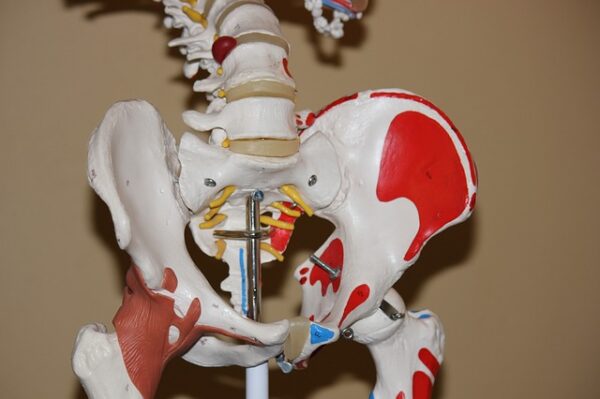JE is a 71-year-old female with a history of Polymyalgia Rheumatica (PMR), osteoporosis, GERD, hypertension, and hyperlipidemia. Her current medications include:
- Alendronate 70 mg weekly
- Prednisone 15 mg daily
- Vitamin D 2,000 units daily
- Omeprazole 20 mg daily
- Losartan 50 mg daily
- Atorvastatin 20 mg daily
Polymyalgia Rheumatica (PMR) is a diagnosis you are likely to see if you spend any time working with geriatric patients. This disease state is most commonly found in patients in their 60s and 70s. Interestingly, patients with a Scandinavian background are at higher risk.
The drug of choice for PMR is a corticosteroid. As you can see in this case, the patient is taking prednisone at 15 mg daily. As a pharmacist, I never like to see chronic systemic steroids as they can do a lot of collateral damage. The most common long-term adverse effects in older individuals are the risk for hyperglycemia (diabetes) and osteoporosis. As you can see this patient has osteoporosis.
Tapering Steroids in Polymyalgia Rheumatica
In my role, I often try to ensure that prednisone tapers are trialed periodically. Lifelong steroids are not typical in a patient with PMR but the use of steroids for several months to several years is the norm with this diagnosis. As with anyone on chronic prednisone, we need to taper this medication very slowly. The most common reduction of prednisone I’ve seen used in practice for patients with PMR is a decrease of about 1-2.5 mg and possibly even slower as dosages get closer to discontinued. If a patient has a higher dosage such as 20+ mg/day, some may taper by 2.5 mg and when patients are less than 10 mg/day, I’ve almost exclusively seen reductions of 1 mg per day every month or so.
Laboratory monitoring is often done with PMR. ESR is the primary lab that I have seen monitored, but CRP can also be monitored. Normal ESR ranges from 0-22 mm/hr for men and 0-29 mm/hr for women. CRP values of 1mg/dL may be indicative of significant elevation. Both of these values may vary slightly based upon the lab.
My biggest take-home point when using prednisone for PMR is to ensure that tapering is assessed and trialed periodically. We want to minimize the possibility of long-term steroid adverse effects. I talk a lot about those risks in this episode of the Real Life Pharmacology podcast.
- 30 medication mistakes PDF
- 18+ Page Drug Interaction PDF
- 10 Commandments of Polypharmacy Webinar based on my experiences in clinical practice



Hello Erid,
Thank you for this case. I find this case to be interesting because the patient is still on Atorvastatin 20mg daily. Since rhabdomyolysis is a major side effect attributed to atorvastatin, how much of the PMR is affiliated with atorvastatin? Would a drug class change from a statin to another lipid-lowering drug help prevent further muscular pains and improve the patient’s quality of life?
I
I am sorry for misspelling your name. I meant to type Eric.
no worries!
Definitely a question to consider here – thanks for the comment!